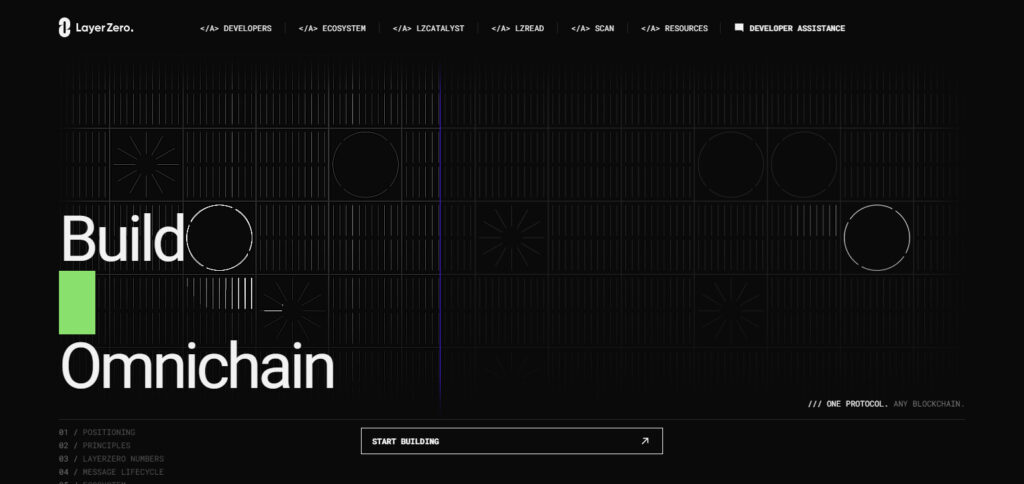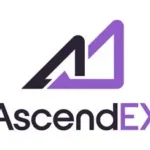In this article i will discuss the How to Create Cross-Chain Escrow Transactions, which is a secure method of exchanging assets across multiple blockchains.
You will understand the rationale behind the escrow transactions and learn about the necessary tools and steps to accomplish them safely and efficiently.
If you are participating in DeFi or P2P trading, understanding cross-chain escrow transactions will help your cryptocurrency experience be more secure and flexible.
What is a Cross-Chain Escrow Transaction?
Cross-chain escrow transactions allow the smooth transfer of digital assets between blockchains without the direct trust of a third party. It entails freezing funds or digital assets on a smart contract on one chain, which are unlocked on meeting certain conditions on another chain.

This method of transaction removes the use of any sort of third party to guarantee the parties are adequately protected until both sides are performed.
Cross-chain escrows are largely prominent in the fields of DeFi, P2P trading and NFT posing, which enables participants to exchange tokens, cryptocurrencies and digital assets on different blockchains on a single platform, all with utmost privacy and security.
How to Create Cross-Chain Escrow Transactions

Example: Cross-Chain Escrow for ETH to BNB Transfer
Step 1: Implement a Cross-Chain Escrow Friendly Platform
Look for a protocol that supports cross-chain escrow like THORChain or Anyswap.
They provide decentralized bridging with an escrow using smart contract to guarantee the safety of transaction.
Step 2: Create Wallets at Both Chains
Make sure you have a crypto wallet supporting Ethereum (for example ETH) and Binance Smart Chain (for example BNB). MetaMask or even hardware wallets such as Ledger do.

In the case of MetaMask, you need add Binance Smart Chain as a network in the Networks section.
Step 3: Start the Escrow Procedure
On the cross-chain platform, select the Ethereum network as the source chain and the target is the Binanace Smart Chain.
In the next step choose the asset you would like to transfer for instance ETH and the address the funds will be sent on the BSC.
Choose escrow transaction for the mode of the transaction which means the funds will be transferred once given conditions are satisfied.
Step 4: Check The Escrow Conditions
The following terms will be determined within the escrow smart contract:
Amount to deposit (1ETH worth of BNB for example)
The funds must be claimed within an allotted time.
Fees associated with cross-chain transfers.
Settle and authorize in your wallet.
Step 5: Implementation of Transaction
Commencing the transaction activates a smart contract that puts the ETH into escrow on the Ethereum blockchain.
At the same time, the amount of BNB is either frozen or put into reserve on the Binance Smart Chain.
Step 6: Funds Approval
Smart contracts that operate on the Ethereum and BNB blockchains unlock the assets after the criteria of the escrow contracts, such as counterparty token approval after variable time, have occurred.
When the criteria are not met, the funds are forwarded back to the source.
Best place where Cross-Chain Escrow Transaction
Wormhole
Wormhole is at the forefront of cross-chain escrow transaction protocols, allowing for effortless asset transfers between blockchains.

The advanced interoperability and security of Wormhole constitute its unique value – users can lock assets on one chain and release them on another without a centralized intermediary.
Utilizing smart contracts, Wormhole enables trustless and transparent transactions, making it a must-have in decentralized finance (DeFi) and multi-chain asset management.
LayerZero
LayerZero serves as a bridge for cross-chain escrow transactions which allows secure transfers of digital assets from one blockchain to another.

The value of LayerZero is its ultra-light node architecture, which ensures efficient and low-cost communication between chains.
Through trustless and verifiable escrow agreements, LayerZero improves interoperability in decentralized finance (DeFi) where users can transfer assets across networks with minimal barriers while ensuring safety and transparency.
Multichain (AnySwap)
Multichain (previously AnySwap) is a popular protocol for cross-chain escrow transactions where one can transfer assets from different blockchains.

The most important feature is decentralized liquidity pools that allow the user to put assets on a chain and later remove them from another chain without necessity of an intermediary.
Multichain uses automated smart contracts to guarantee secure and trustless escrow agreements, which are very important to fostering interoperability and efficiency in decentralized finance (DeFi).
Risk & Considerations

Escrow Contract Inaccuracies
Requisites and loopholes of the smart contracts can be taken advantage of for assets to be lost. Always confirm contract audits prior to utilizing them.
Chain Traffic and SLA Breaches
Sufficient congestion on either chain could hinder or fail transactions, exacerbating issues such as delayed accounts.
Default Obligations
In as much as either parties achieve some measure of trust, disputes about how breaches of the settlement will be handled still exists.
Spending Limit Adjustment & Linkage Deficiencies
Using unaudited or unverified bridges can cause loss of funds or failed asset transfers.
Opportunity Costs, Non computable unit prices Spreads and Prices Movements
The price of assets at a particular moment can deviate significantly from the anticipated price during cross-chain trades.
The Effect of Government Policies on Rate of Exchange Interventions and External Sector Policies of Host Countries
Relying on external services increases the risk of another party not meeting their end of the bargain. Rely on reputable services as always.
Pros & Cons
| Pros | Cons |
|---|---|
| Trustless Transactions: Eliminates the need for intermediaries by using smart contracts. | Smart Contract Risks: Vulnerabilities can lead to asset loss. |
| Enhanced Security: Funds are only released when conditions are met. | Network Delays: Congestion can slow down or fail transactions. |
| Interoperability: Enables seamless asset transfers across multiple blockchains. | Complexity: Setting up and managing cross-chain escrows can be technically challenging. |
| Cost Efficiency: Reduces third-party fees by automating transactions. | Slippage Risks: Price fluctuations during transfers may affect asset value. |
| Transparency: All transactions are recorded on the blockchain, ensuring traceability. | Platform Reliability: Using unverified platforms increases the risk of fund loss. |
Conclusion
In summary, cross-chain escrow transactions enable the secure and trustless exchange of assets between different blockchains, fostering interoperability in decentralized finance (DeFi).
Smart contracts allow users to set conditions for the locking and releasing of funds, thus lowering the need for third party facilitators. Nevertheless, scope of security issues, dependability of services, and effectiveness of the network should be taken into account.
Using the necessary measures and tools, these transactions can simplify multi-chain asset management while providing increased security and transparency.










